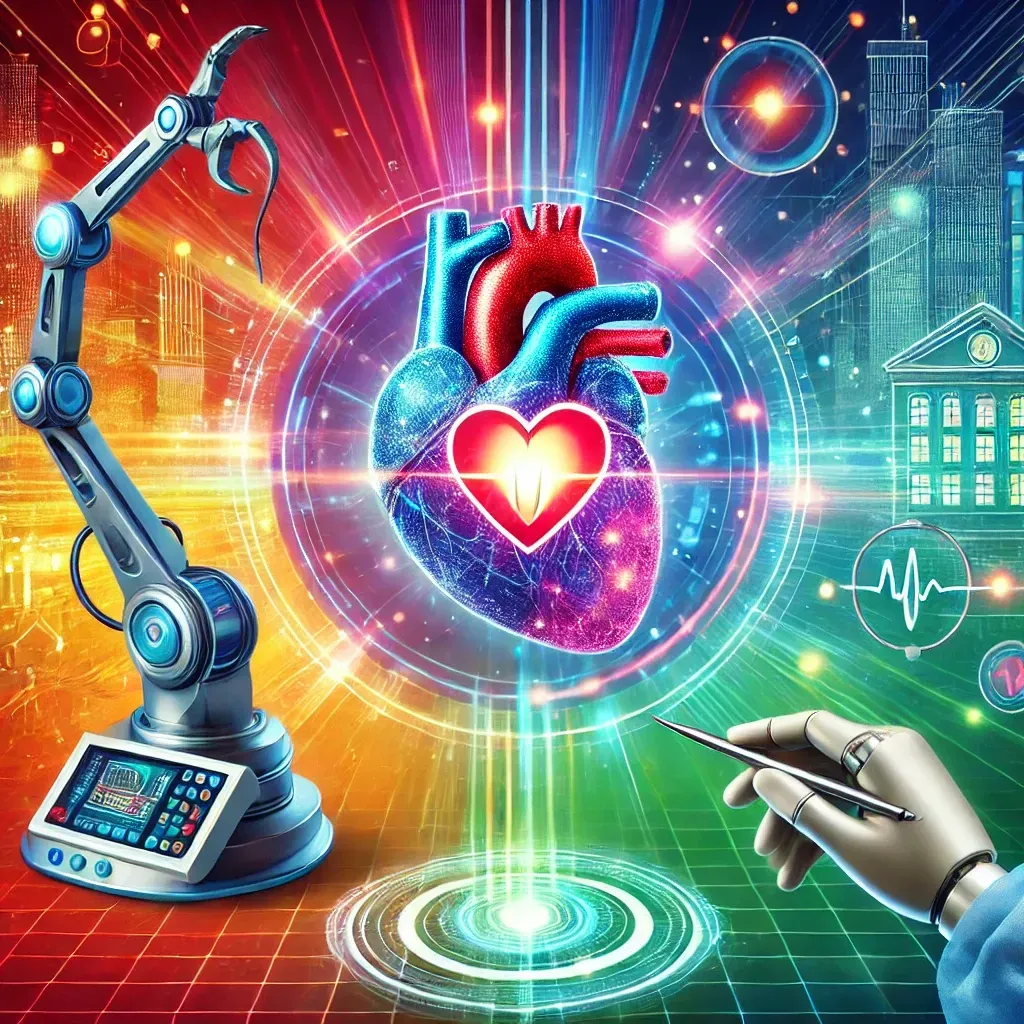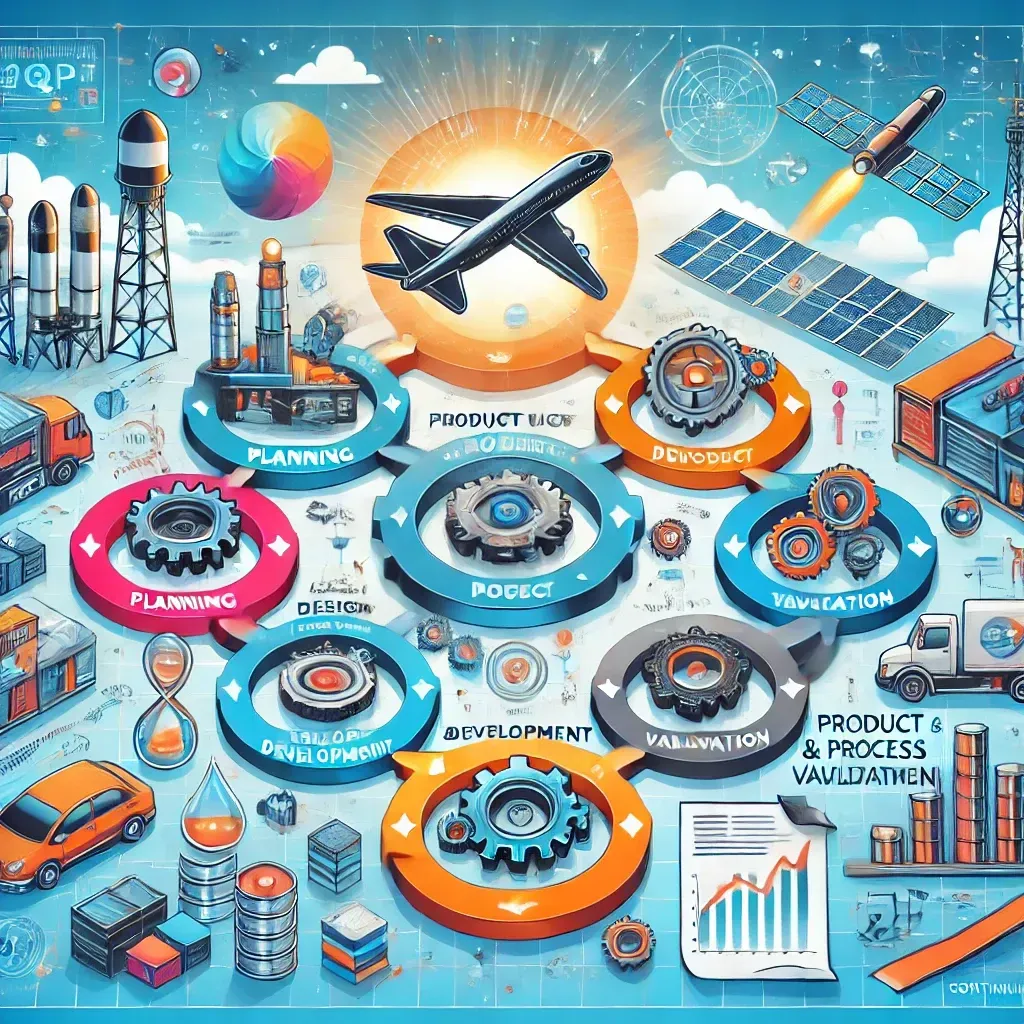Food Product Recalls on the Rise: Understanding the Growing Concern
Introduction:
Food product recalls have seen a significant increase in recent years, raising concerns and alarming consumers. These recalls occur when food manufacturers or regulatory authorities deem products unsafe for consumption due to contamination, mislabeling, or other quality issues. The upward trend in recalls necessitates a deeper understanding of the contributing factors and their potential impact on public health. In this blog post, we will explore the reasons behind the surge in food product recalls and discuss the steps taken to address this pressing issue.
- Stricter Food Safety Regulations:
One of the primary drivers behind the rise in food product recalls is the implementation of more stringent food safety regulations. Governments and regulatory bodies worldwide have recognized the importance of ensuring food safety to protect public health. Consequently, they have increased surveillance and implemented stricter standards for food production, processing, and labeling. These regulations have led to a higher detection rate of food safety issues, resulting in an increased number of recalls to prevent potential harm to consumers.
- Advancements in Testing and Detection Methods:
Technological advancements in testing and detection methods have also played a significant role in the rise of food product recalls. Analytical techniques and technologies have improved significantly, enabling better identification of contaminants, pathogens, and allergens. These advancements have empowered food safety agencies to detect even minute traces of harmful substances, leading to the identification of previously undetected hazards and subsequent product recalls.
- Globalization and Complex Supply Chains:
The globalization of food production and the complexity of supply chains have posed significant challenges to food safety. With the increasing interconnectivity of the global food market, ingredients and products are sourced from various regions, making it harder to monitor every step of the production process. A single contaminated ingredient or mishandled component in a complex supply chain can compromise the safety of the final product. Consequently, recalls are becoming more frequent as regulatory bodies strive to ensure the safety of the food supply chain.
- Allergen Mislabeling:
The rise in food product recalls can also be attributed to allergen mislabeling. Food allergies and intolerances affect a significant portion of the population. Incorrectly labeled or undeclared allergens in food products can have severe consequences for susceptible individuals. With increased awareness and testing for allergens, recalls related to allergen mislabeling have been on the rise. Food manufacturers must accurately identify and label all potential allergens to avoid unintentional exposure, which could lead to allergic reactions or even life-threatening situations.
- Microbial Contamination:
Microbial contamination, particularly by pathogens like Salmonella, E. coli, and Listeria, remains a significant concern in the food industry. Contaminated food can cause outbreaks of foodborne illnesses, resulting in severe health consequences. The rise in food product recalls due to microbial contamination emphasizes the importance of maintaining strict hygiene practices throughout the entire food production and distribution chain.
- Improved Reporting Systems and Consumer Awareness:
Enhanced reporting systems and increased consumer awareness have contributed to the detection and reporting of potential food safety issues. Consumers are now more informed about their rights and are encouraged to report any concerns regarding food quality and safety. Additionally, advancements in technology, such as smartphone apps and social media platforms, have made it easier for consumers to share their experiences and notify authorities about potential risks. This heightened awareness and reporting have resulted in a higher number of recalls as problems are identified more quickly.
Conclusion:
The upward trend in food product recalls calls for a comprehensive approach involving stricter regulations, improved testing methods, enhanced supply chain management, and increased consumer awareness. While the increasing number of recalls may be alarming, it also signifies progress in detecting and addressing potential risks to public health. By working collaboratively, stakeholders can contribute to building a safer and more resilient food system, products we consume are of the highest quality and pose minimal risks to our well-being.
Food manufacturers must prioritize implementing robust quality control measures, including stringent testing protocols, to identify and prevent potential hazards. Establishing comprehensive traceability systems is crucial for quick and accurate identification of the source of contamination during a recall. By promptly identifying and addressing issues, manufacturers can minimize the impact on consumer safety and public health.
To address the rising number of food product recalls, collaboration between regulatory bodies, industry stakeholders, and consumers is essential. Government agencies should continue refining food safety regulations to keep pace with evolving risks and technologies. Providing support and resources to help food manufacturers comply with these regulations effectively is crucial for maintaining high safety standards.
Industry-wide initiatives and partnerships play a vital role in promoting best practices and sharing knowledge. Trade associations, professional organizations, and certification bodies should collaborate to develop standardized guidelines for food safety management systems. These guidelines should encompass all aspects of the food production process, from sourcing and production to packaging and distribution, fostering a culture of continuous improvement and risk mitigation.
Investing in research and innovation is crucial for developing new technologies and methods to enhance food safety. Rapid testing kits, DNA sequencing, and blockchain technology are examples of innovative tools that can revolutionize the way we monitor and ensure the safety of our food supply. These advancements have the potential to improve early detection, traceability, and communication during a recall situation.
Educating consumers about food safety practices and empowering them to make informed choices is equally important. Public awareness campaigns, educational materials, and easily accessible information about product recalls can help consumers understand the risks and take necessary precautions. By being proactive and vigilant, consumers can actively participate in ensuring the safety of the food they consume.
Additionally, governments and regulatory bodies should foster transparency and encourage open communication between food manufacturers and consumers. Timely and accurate communication during a recall can help mitigate the potential harm caused by contaminated products. It is crucial for manufacturers to swiftly communicate recall information through various channels, such as websites, social media platforms, and traditional media, to reach a wide audience effectively.
In conclusion, the rise in food product recalls necessitates a comprehensive approach involving stricter regulations, improved testing methods, enhanced supply chain management, and increased consumer awareness. While the increasing number of recalls may raise concerns, it also signifies progress in detecting and addressing potential risks to public health. By working together, all stakeholders can contribute to building a safer and more resilient food system, ensuring that the products we consume are of the highest quality and pose minimal risks to our well-being. Through continuous improvement and collaboration, we can create a future where food safety is a top priority, and consumers can have confidence in the food they eat.
ensuring that the
- FoodSafety.gov - The official website of the U.S. government for food safety information and resources: https://www.foodsafety.gov/
- Centers for Disease Control and Prevention (CDC) - Provides information on foodborne illnesses, outbreaks, and food safety practices: https://www.cdc.gov/foodsafety/
- European Food Safety Authority (EFSA) - Provides scientific advice and information on food safety in the European Union: https://www.efsa.europa.eu/
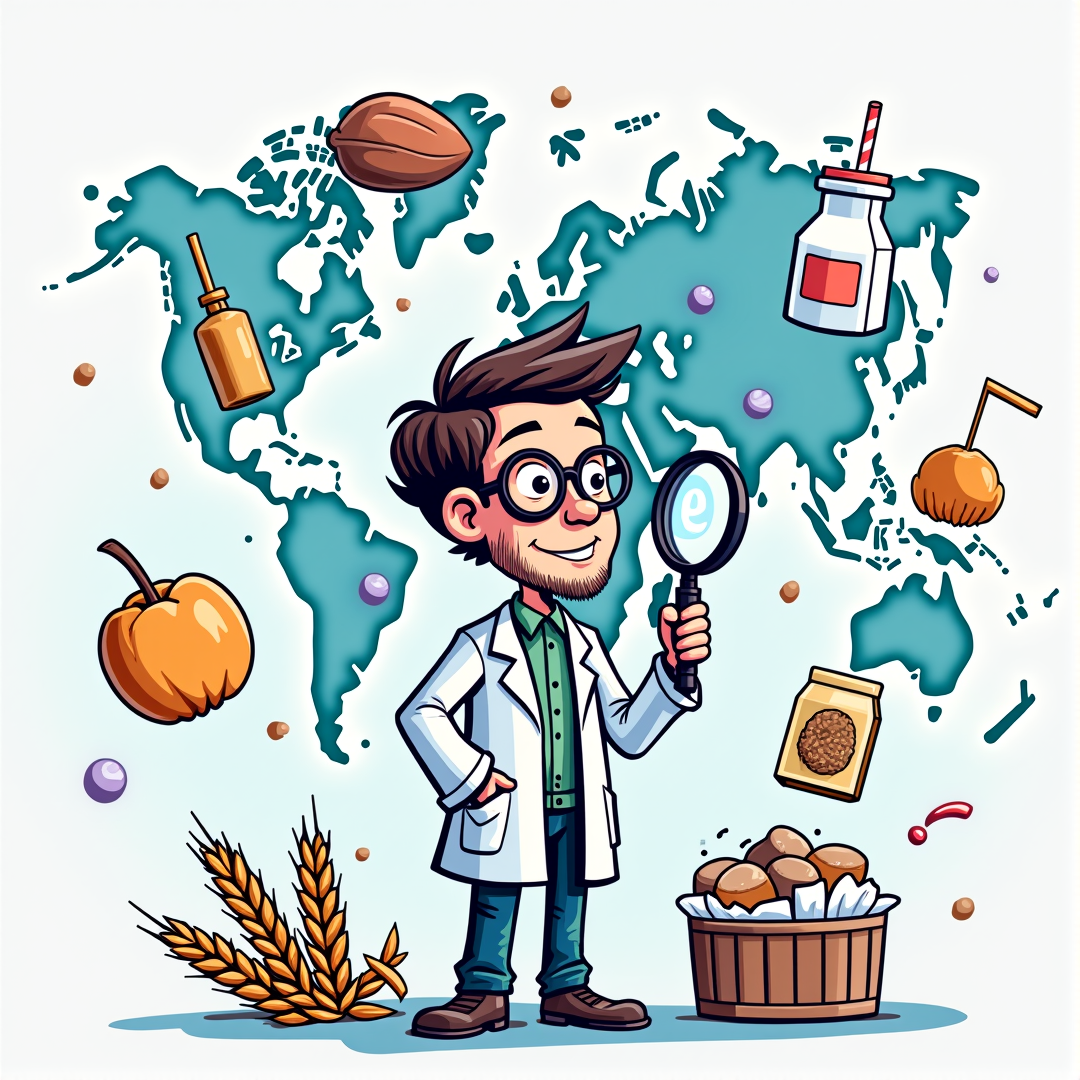
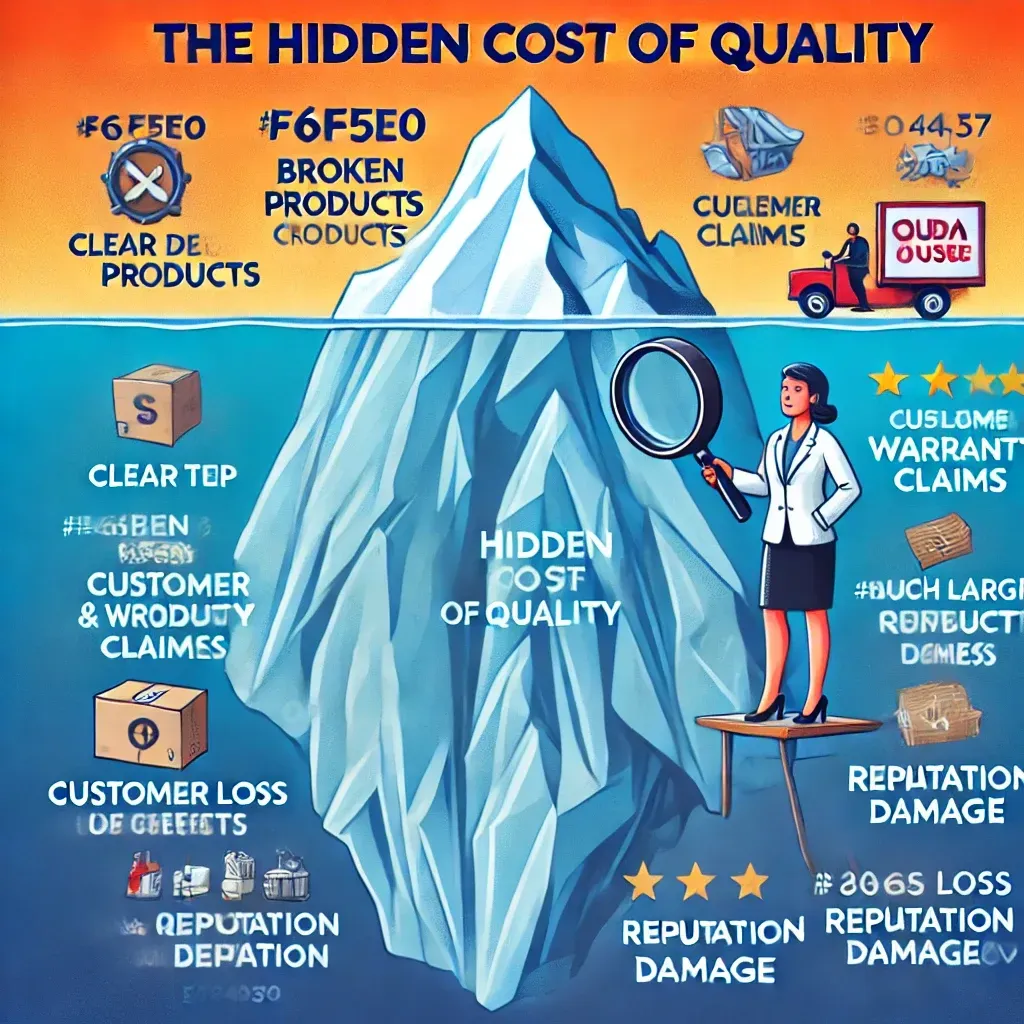




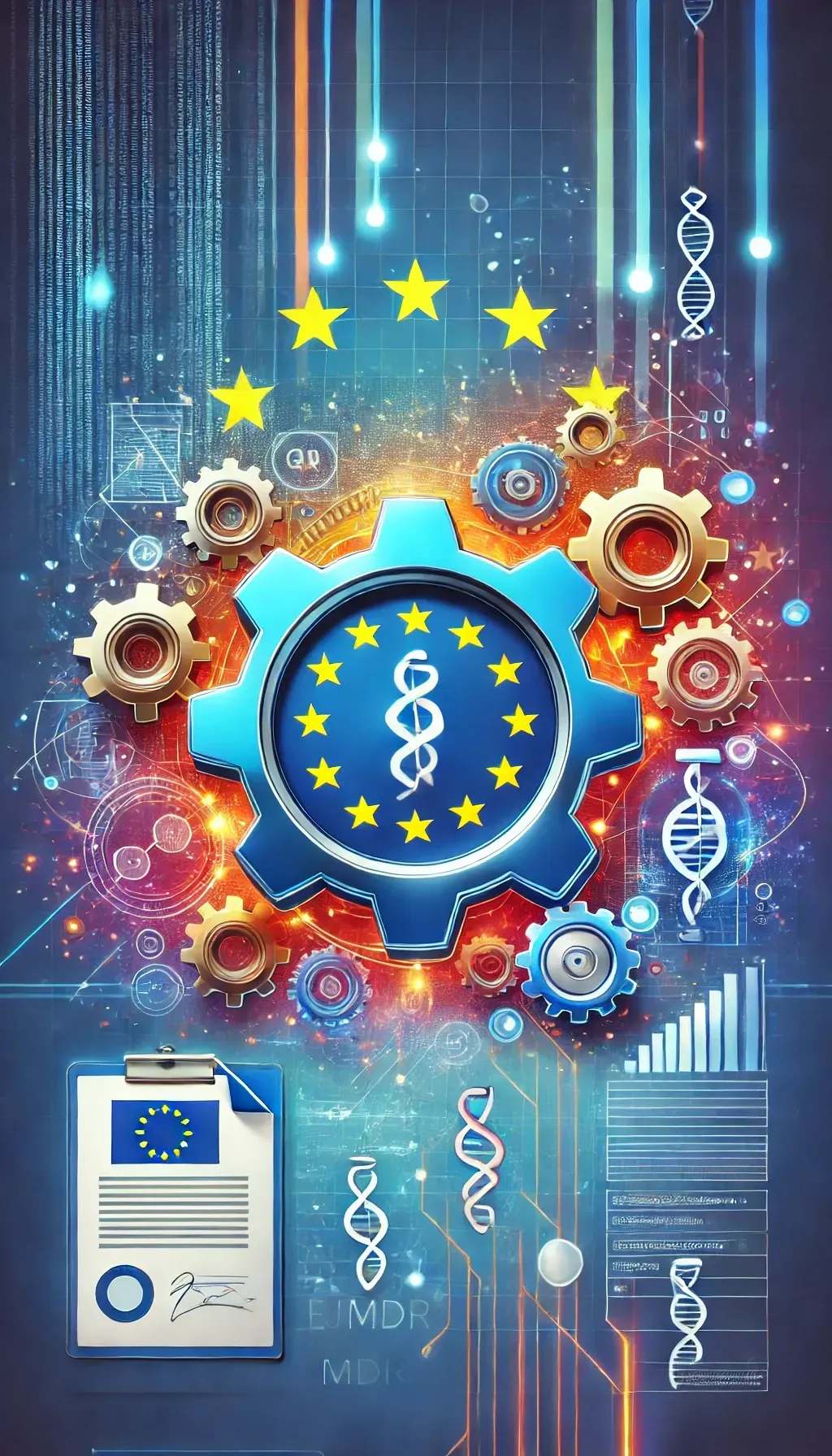
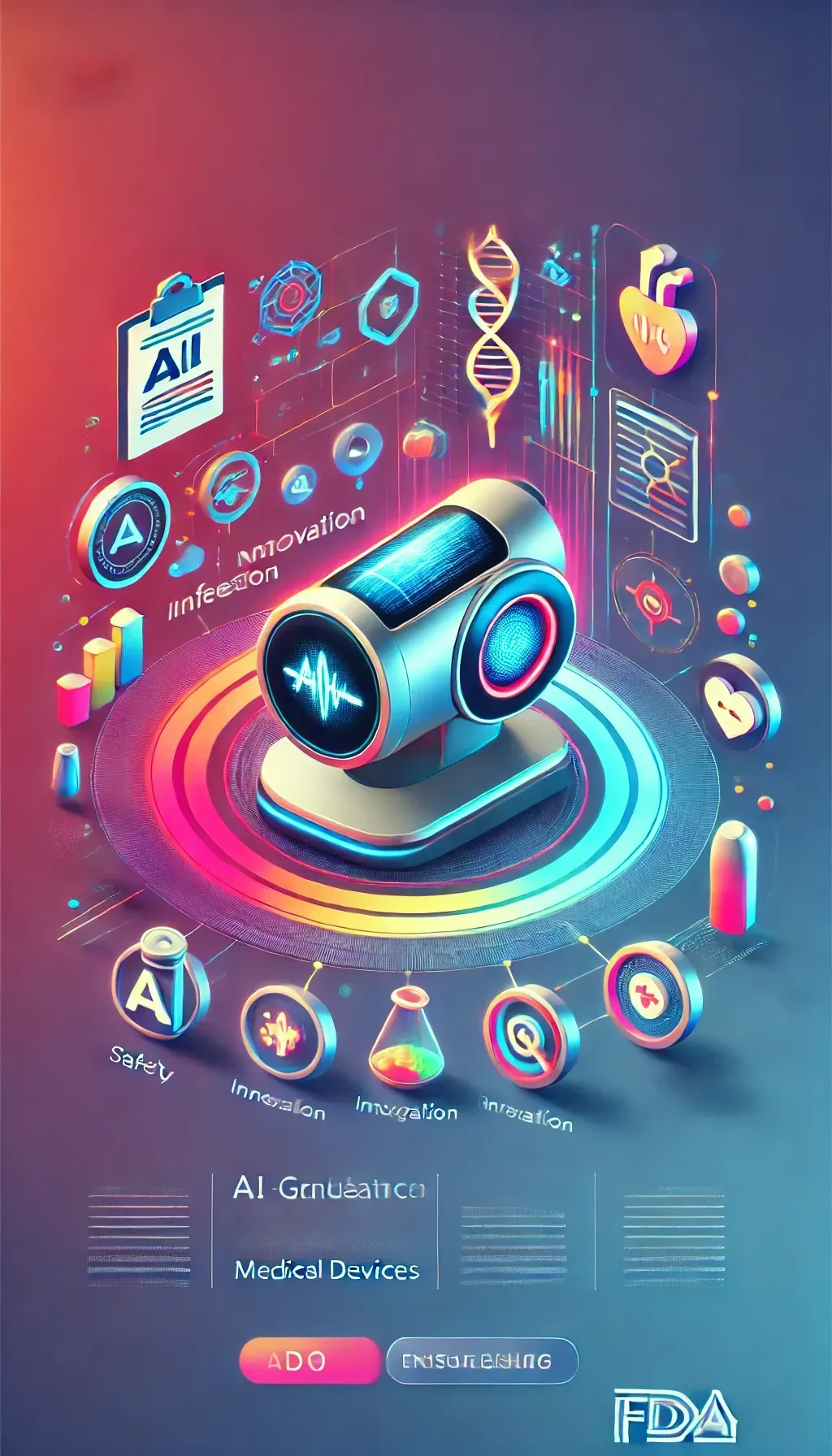
Contact Us
תודה רבה, הטופס נשלח בהצלחה
אירעה שגיאה בהזנת הפרטים, אנא נסו שנית
פרטי התקשרות
רחוב - הכלנית 26, כפר סבא
טלפון - 054-2277887
פקס - 09-7770139
מייל - ronit@ronitsadeh.com
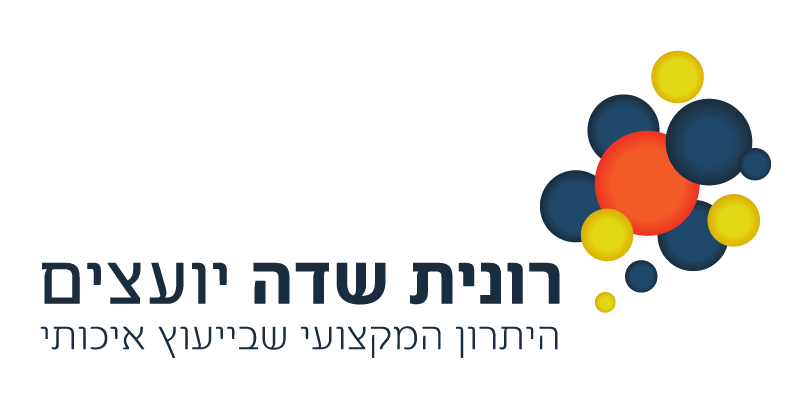
האתר נבנה ועוצב ע"י חברת קודנט בניית אתרים לעסקים | קידום אורגני
